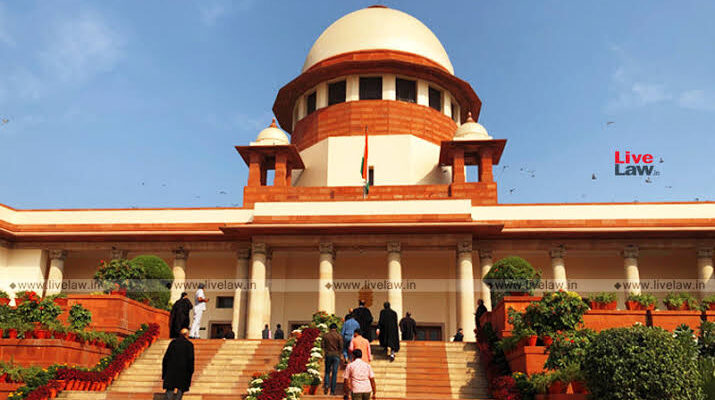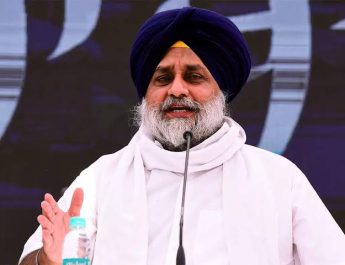NEW DELHI: The Supreme Court on Wednesday said it is for the government to keep the financial impact in mind of any scheme and said the Right to Education Act is a classical example of creating the right without having enough schools or teachers to enforce it and so the right becomes a “lip service.”The observation came from a Bench headed by Justice Uday Umesh Lalit while hearing a plea for adequate infrastructure across the county to provide effective legal aid to women abused in matrimonial home and creating shelter homes for them.
It sought a status report from the Centre on the shelter homes within two weeks and posted the matter for consideration on April 26.
“We would advise you and take it as unsolicited advice that whenever you come up with these kinds of schemes or ideas, always have the financial impact in mind,” said the bench, also comprising Justices S R Bhat and P S Narasimha. Check impact on various agencies supposed to implement or else the schemes remain on paper, it said.
The Bench told Additional Solicitor General (ASG) Aishwarya Bhati, appearing for the Centre, to examine the Right to Education Act.
A right created without having enough schools. While the schools are supposed to be set up by various authorities like municipalities and the state governments, but then the question comes where do they get the teachers, the Bench said, noting that some states are having Shiksha Mitra who get Rs 5,000 per month as against the regular payments to the teachers.
It said the states escape citing the budget consstraints. Therefore, one has to see this in totality or else it become “lip service” only.
The Bench said it is unfortunate that Parliament enacts a new law and leaves it up to the states to implement it. It said the state’s resources may not match up to what you (Centre) require. Without assessing the financial impact on the states, you create this and then people rush to the court when the rights assured are not fulfilled.
It said normally, whenever any law is enacted, its financial impact is always assessed. As regards the shelter homes for women in question in the petition, the Court sought a statistical analysis from the Centre on how many shelter homes are there and how many should be there.
It had also asked the Centre to give details about the desirable cadre structure and career progression for the protection officers.
The top court is seized of a plea filed by an organisation, “We The Women of India” seeking adequate infrastructure under the Protection of Women from Domestic Violence Act across the country for providing effective legal aid to women abused in matrimonial homes and creating shelter homes for them post lodging of complaints against husbands and in-laws.
The plea had said domestic violence continues to be the most common crime against women in India despite the Domestic Violence Act, 2005 coming into force more than 15 years back.
“As per the National Crime Records Bureau report for the year 2019, out of 4.05 lakh reported cases categorised under ‘crimes against women, over 30 per cent were domestic violence cases,” the plea has said.
Moreover, a national family health survey shows that about 86 per cent of the women victims of domestic violence never seek help.
###





